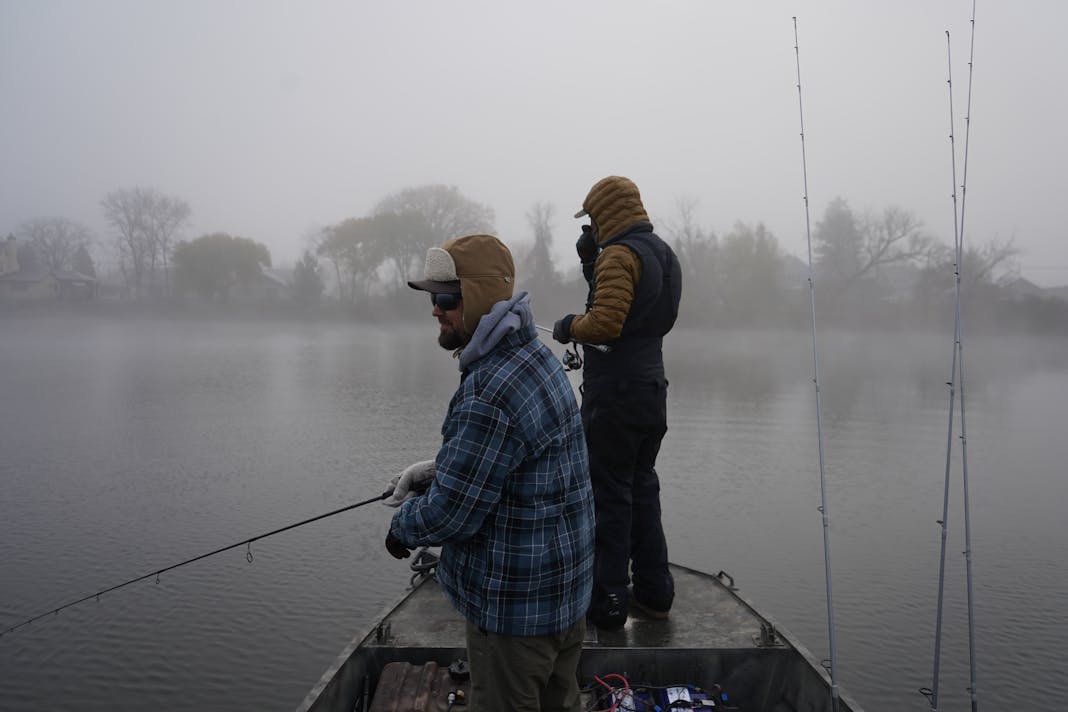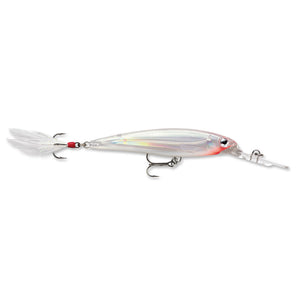
Jerkbait Technique - Retrieve Cadences Explained
What is the proper retrieve for jerkbait fishing?
When fishing a jerkbait, you are snapping the tip of your rod in order to make the lure dart back and forth. After you have snapped the jerkbait a few times, anglers will then stop the lure for anywhere between 2-15 seconds to imitate the action of an injured baitfish. By varying the amount of snaps and the duration of your pauses, anglers can fish jerkbaits effectively in a variety of situations throughout the year. This technique can be deadly in the colder months when fish are less active and are looking for easy prey as well as in the warmer months when fish are actively feeding.
How to determine cadence when jerkbait fishing
An anglers success when using a jerkbait is primarily determined by the cadence in which they retrieve the jerkbait. Traditionally, the rhythm is selected based on the water temperature. When the water is warmer, anglers will use more aggressive snaps with their rod and pause the bait for only two or three seconds before repeating while in colder weather most anglers will twitch the jerkbaits softer and have longer pauses in-between. By assessing the conditions, you will have a great starting point for your cadence and from there you can make small adjustments of shorter or longer pauses with more or less twitches to dial in what the fish prefer that day.
Bill style and how it affects action
There is a variety of different styles on the market for angler to choose from and most will have two distinct bill styles. You have the traditional style bill that comes out of the lure underneath the head as well as jerkbaits whose bill comes directly out of the nose of the lure. Traditional style billed jerkbaits such as the Megabass Vision 110 or the Smithwick Rogue tend to have less darting action when being twitched which makes them very effective in colder water situations. Jerkbaits that have the bill coming directly out of the nose like the Rapala X-Rap will have more action when being snapped and are more suitable for warmer conditions when the fish are more active.
Other considerations about jerkbait action from pros
Patrick Walters has become a notable jerkbait fisherman after his dominating performance with one during the 2020 Toyota Bassmaster Texas Fest where he caught over 104lbs in just 4 days of competition. When fishing jerkbaits around cover, Patrick will use a longer billed jerkbait in order for it to deflect off of the cover like a crankbait would. This allows Patrick to fish a jerkbait in places that most people would not and show those fish a presentation they most likely have not seen.
Pros have also stated that with different species of bass, they will vary the retrieve slightly, due to the difference in the way these fish feed. Smallmouth and Spotted Bass tend to roam more throughout the year and hunt for food while Largemouth Bass are more lethargic on average and tend to sit back in cover to ambush prey as it comes by. This means that if you are targeting Smallmouth you are likely to find success with a faster cadence than how you would fish a jerkbait for Largemouth in similar conditions.
Overall, jerkbaits require the snaps and pauses to imitate a baitfish in trouble. You can use these suggestion determine how and when to vary your retrieve to have the best results.

